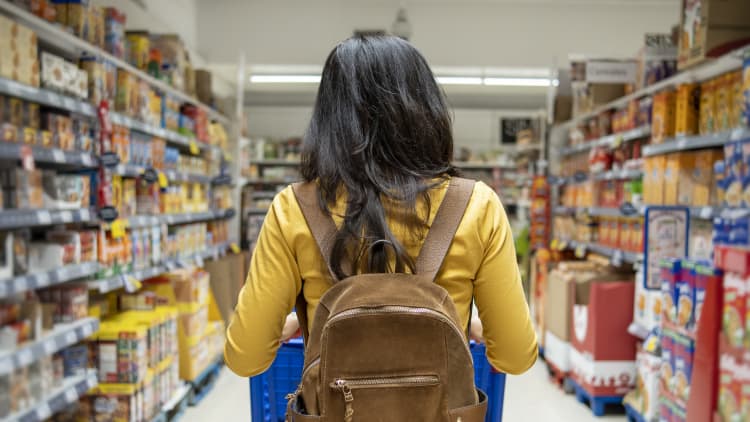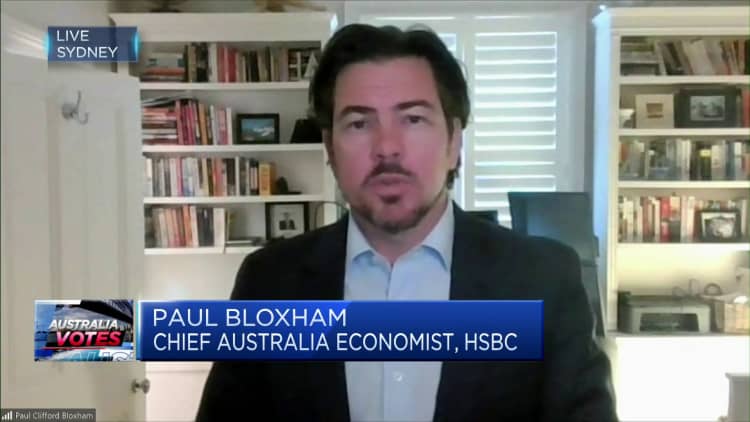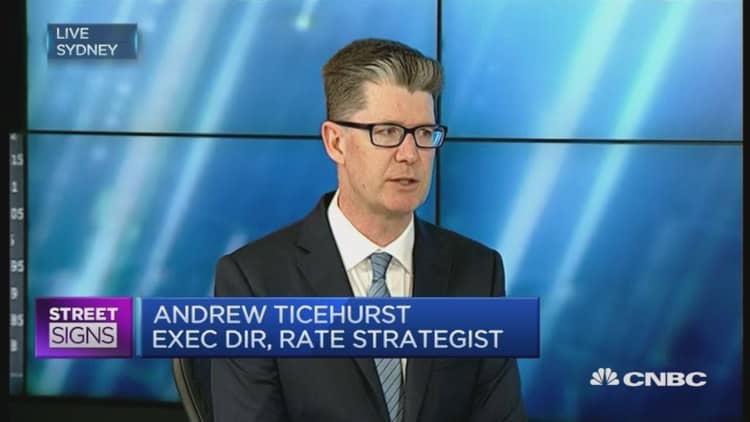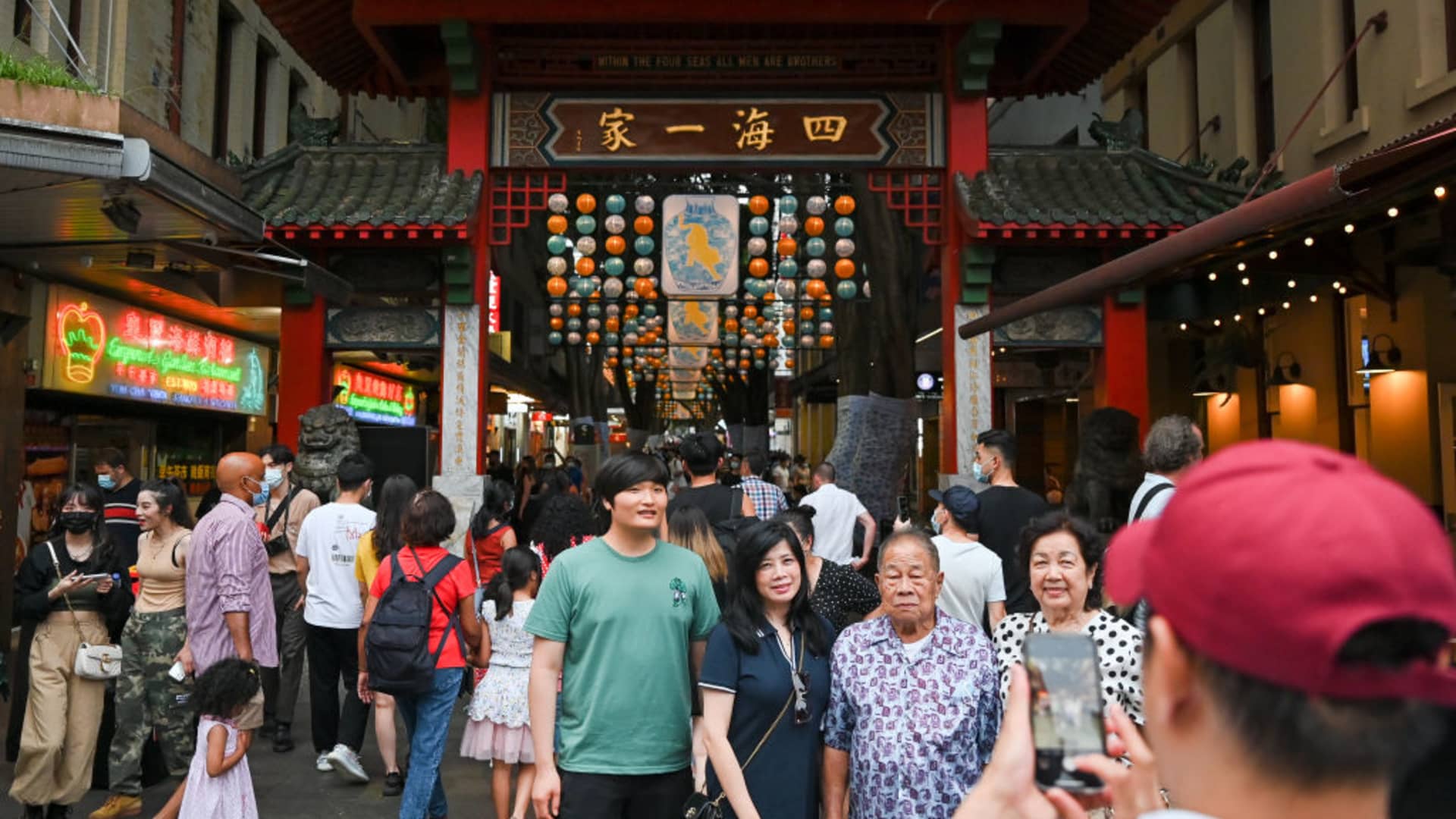The restaurant scene such as the one in Chinatown should brace for change amid rising inflation.
Anadolu Agency | Anadolu Agency | Getty Images
SYDNEY — In Sydney’s food mecca, Chinatown, menu prices at long-time restaurant Mother Chu’s have risen between 20% and 30% since the start of the pandemic.
Alan Chu, owner of the Taiwanese eatery, said price increases in lettuce and most vegetables, as well as other food ingredients in Australia, have driven up prices at his restaurant — known for serving affordable meals for roughly under $30 Australian dollars, or about $20, a dish.
“There’s been a very large increase in the price of vegetables, for example even a small cabbage or lettuce can go up to A$10 to A$12 dollars which is unheard of,” Chu said.
“One of the most difficult things many businesses are facing as a result of inflation is also the cost of wages. This is also in part due to Covid and as businesses have to balance this, as well as the rise of ingredients, it’s really difficult for them to keep on going.”

Food prices soar
People are hesitant to spend more, everyone’s tightening their belts, being more selective with the things that they buy.
Prices of dumplings and other tasty Shanghainese fare at well-known Australian restaurant, Taste of Shanghai, have also gone up between 6% and 8% since the start of the year.
Owner Jennifer Du said she had to balance staying ahead of inflation and not raising prices too quickly for fear of alienating customers.
The east coast floods this year exacerbated price increases pushing up the price of a head of lettuce to A$12 a head.
Pool | Getty Images News | Getty Images
“I don’t want to reduce food sizes and plates for example .. sure, we need to raise prices, but we need to raise it slowly,” she said.
For Du, the rise in prices of vegetables and raw ingredients — including those that are imported — has been particularly sharp this year.
“Prices shot up at the end of lockdowns and coupled with the floods, goods like vegetables and fresh foods have become very expensive,” Du said.
Spending habits change
Businessman Chris Lam, who runs a grocery store in Chinatown agreed that the price spike in food was particularly acute this year, and said it had started to rise quickly after Easter.
Lam said prices have been rising since the start of the pandemic as pressures from disruptions in supply chains and high freight costs built up. The rise in energy and fuel — largely exacerbated by the war in Ukraine — also contributed to the cost of transporting food, he said.

The biggest price hikes were in rice and cooking oil, which were imported, Lam said. He said many Australian consumers are now cutting back.
“We see it every day, you know, with our customers. Shopping habits have been impacted,” Lam told CNBC.
“People are hesitant to spend more, everyone’s tightening their belts, being more selective with the things that they buy.”
Inflation vs. wage growth
Australian personal finance comparison platform Finder, which has been tracking prices of consumer goods, said increased prices have outstripped wages growth across Australia since the pandemic started.
In that time, aside from vegetables, prices of beef and veal also rose sharply by 33% while staples like milk, cheese and eggs also jumped by nearly 12%, according to Finder’s Consumer Sentiment Tracker.
Petrol prices have risen over 30% since 2019.
“It’s something we’ve all experienced. I ordered a pot of tea in the Sydney [central business district] last week and I was shocked when I saw the price: A$6.70!” said money expert at Finder, Sarah Megginson.
“These figures confirm that, overall, the cost of living has increased significantly for Australians.”

Household stress over grocery bills has also increased in the past year, Finder said.
The expenses stressing out Australians are rent and mortgage repayments, groceries, petrol and energy, according to its Consumer Sentiment Tracker for September.
The tracker also shows 56% of Australians are “somewhat stressed” about their current financial situation, and almost 1 in 5 are extremely stressed. But a quarter of Australians are not stressed at all.
End in sight?
Many restaurants are not able to pass on increased costs to consumers which will result in lower profits.
Jack Zhang
accountant, Accentor Associates
Most, however, say Australia can tolerate up to the top end of the Reserve Bank of Australia’s 2% to 3% target band, or just above it.
Beyond interest rate raises, many cited winding back government spending as a means to cool inflation. About a third polled said the government should impose a super-profits tax on fossil fuel producers, with the proceeds used to reduce cost of services.
In the interim, restaurant owners should brace for change, Jack Zhang, an accountant with Accentor Associates told CNBC.
Zhang said he has been helping many restaurants restructure their businesses since the government withdrew financial support after the lockdowns ended.
Some have gone into voluntary administration. Others have had to cut shifts for staff, while food wastage is becoming a challenge, Zhang added.
“Many restaurants are not able to pass on increased costs to consumers which will result in lower profits,” the accountant said.


